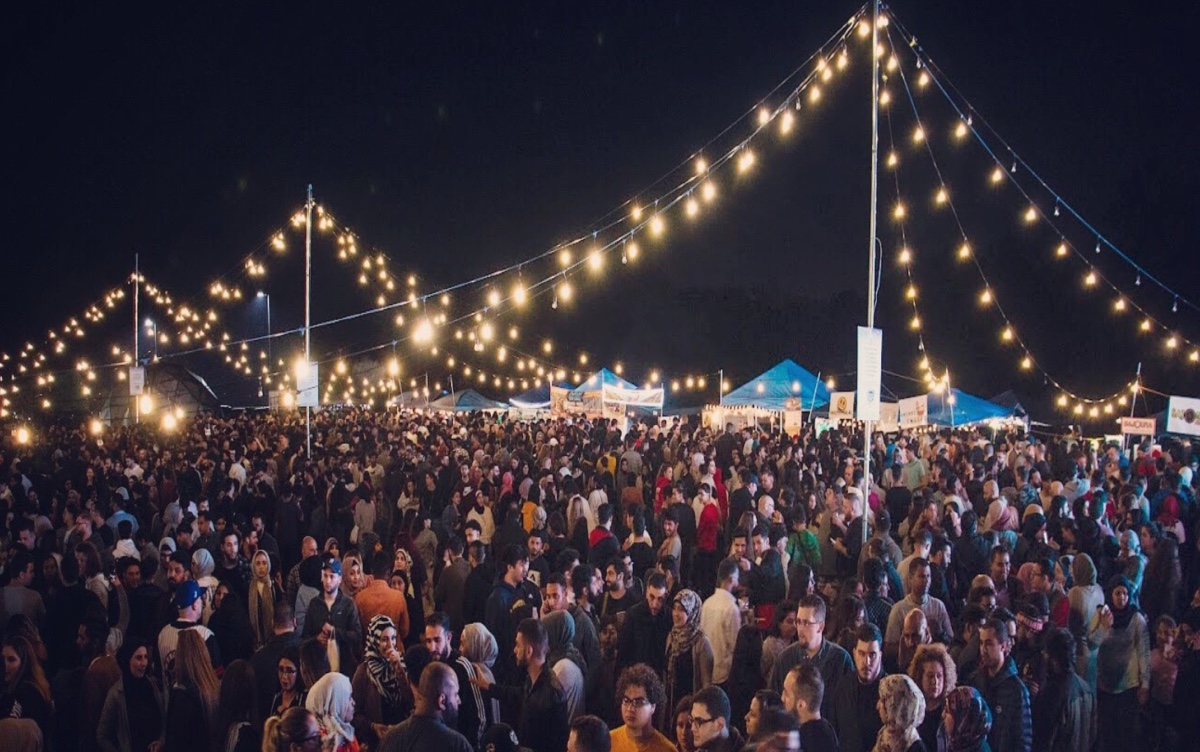How does snow form?
 Snow crystals form in clouds when the temperature is underneath freezing point. They are created by water droplets freezing on small ice particles. As an ice crystal drops through the cloud it bumps and knocks others and becomes a snowflake. This process of bumping others, along with a little melting and re-freezing aids the creation of their complex design. The air that the snowflake drops through has to be under freezing otherwise the snowflake will simply melt and turn into rain.
Snow crystals form in clouds when the temperature is underneath freezing point. They are created by water droplets freezing on small ice particles. As an ice crystal drops through the cloud it bumps and knocks others and becomes a snowflake. This process of bumping others, along with a little melting and re-freezing aids the creation of their complex design. The air that the snowflake drops through has to be under freezing otherwise the snowflake will simply melt and turn into rain.
What do snowflakes look like?
Amazingly, snowflakes always have six sides and similar to the human fingerprint, it is thought that no two snowflakes are ever exactly the same. Both the form and shape of a snowflake depends on the temperature and moisture content of the cloud. Snowflakes can be categorized into six main types, plate (flat), column, stars, dendrite (lacy, needle, and capped column. When it is extremely cold the snow is very fine and powdery and snowflakes become quite simple in design, usually needle or rod shaped. When the temperature is near to freezing point (0 degrees Celsius), snowflakes become much larger and a lot more complex in design, for example, a star.
Snowflake Facts
The world’s largest ever snowflake to date found was 38 centimetres wide and 20 centimetres thick. This snowflake occurred at Fort Keogh, Montana, USA on 28 January 1887.
The worlds tallest ever snowman made measured a massive 34.63 metres and was made by the people of Bethel, Maine, USA. It took 2 weeks to build, finally being completed on 17 February 1999. The snowman, nicknamed Angus was so big that he had vehicle tyres for his mouth and trees for arms.
Snowflakes encapsulated in rime form balls known as graupel. Snowflakes appear white in color despite being made of clear ice. This is due to diffuse reflection of the whole spectrum of light by the small crystal facets.
16-27













2014
870 views
views
0
comments